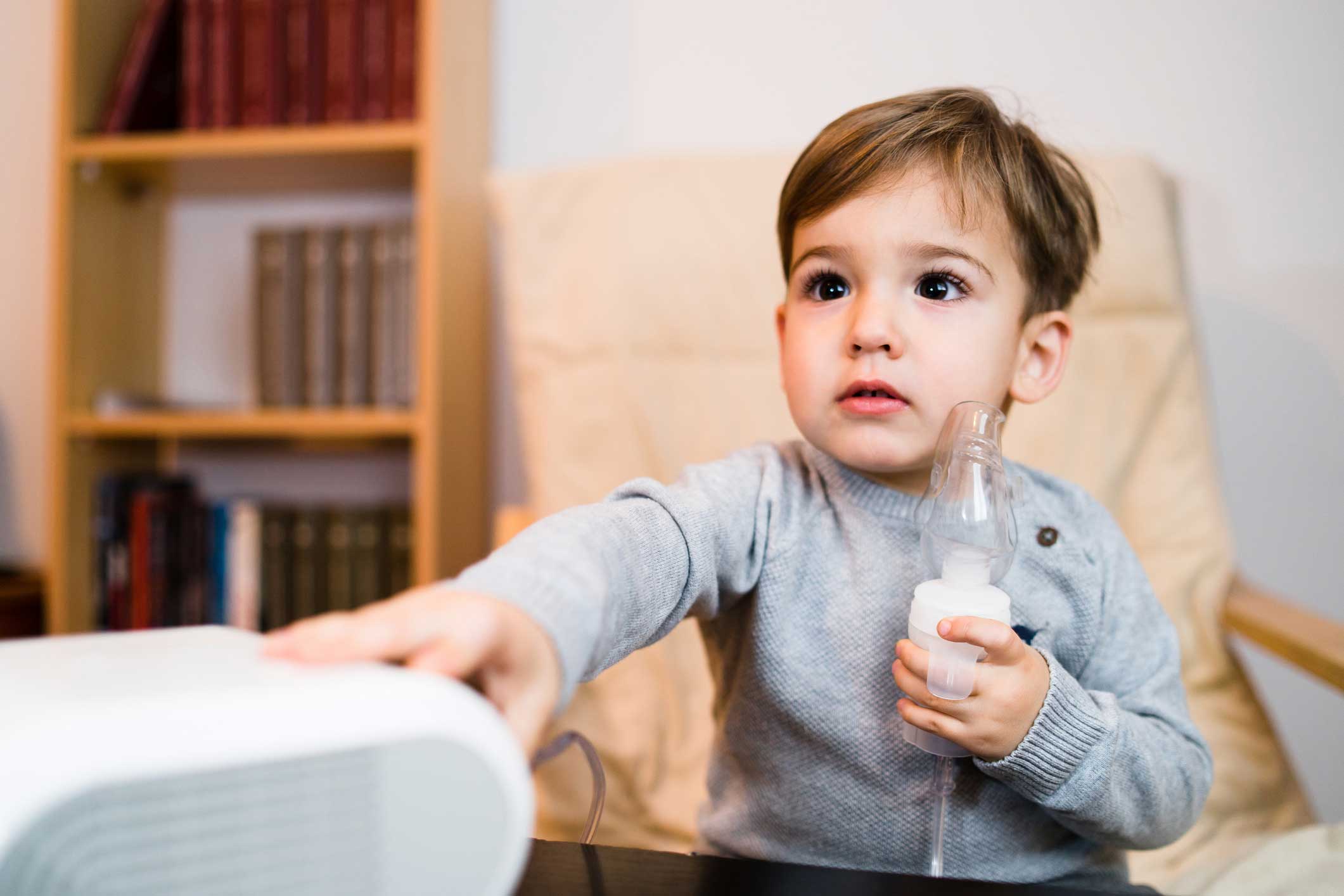
03 Oct Asthma in children
Asthma is a very common disease in children and its prevalence in our country is estimated at 7-10%. Asthma is characterized by inflammation of the airways, hyper responsiveness and obstruction of the bronchi.
Asthma can present with cough, usually dry and persistent, chest pain, difficulty breathing and wheezing. Viral and bacterial infections of the respiratory tract, as well as environmental and allergenic factors are triggers for its exacerbation. The diagnosis is based on the patient’s history and clinical examination. Abnormal auscultation findings may be absent but often the doctor may hear specific auscultation sounds such as wheezing, which is a high-pitched sound during exhalation. In addition, spirometry, which is usually performed in children over 5 years of age and is a noninvasive assessment of lung function, can also contribute to the diagnosis. Often, children with asthma have a personal or family history of atopy, i.e. eczema / atopic dermatitis, allergic rhinitis and allergic conjunctivitis.
Asthma has several degrees of severity and does not manifest in the same way in every patient, therefore the therapeutic approach should be tailored to the symptoms of each child. Management of asthma also includes proper education of the parents and the patient, minimizing triggering and irritating factors, as well as certain medication. Parents are encouraged to recognize the symptoms and signs of an asthma attack, have the appropriate technique of using inhaled drugs and limit asthma exacerbation factors such as exposure to tobacco and allergens such as mites, mold and pollen.
Asthma medication mainly includes inhaled corticosteroids and bronchodilators. Bronchodilators, such as salbutamol, have a rapid onset of action and provide immediate relief, but they only last for 4-6 hours. Inhaled corticosteroids treat and control the underlying problem, that is inflammation of the airways, but require more prolonged use. Children with asthma should be monitored by a pediatric pulmonologist in consultation with the pediatrician, when they have atypical symptoms, in severe forms of asthma, when conventional treatment does not achieve complete control of symptoms and in children under 4 years who need intensive treatment .

